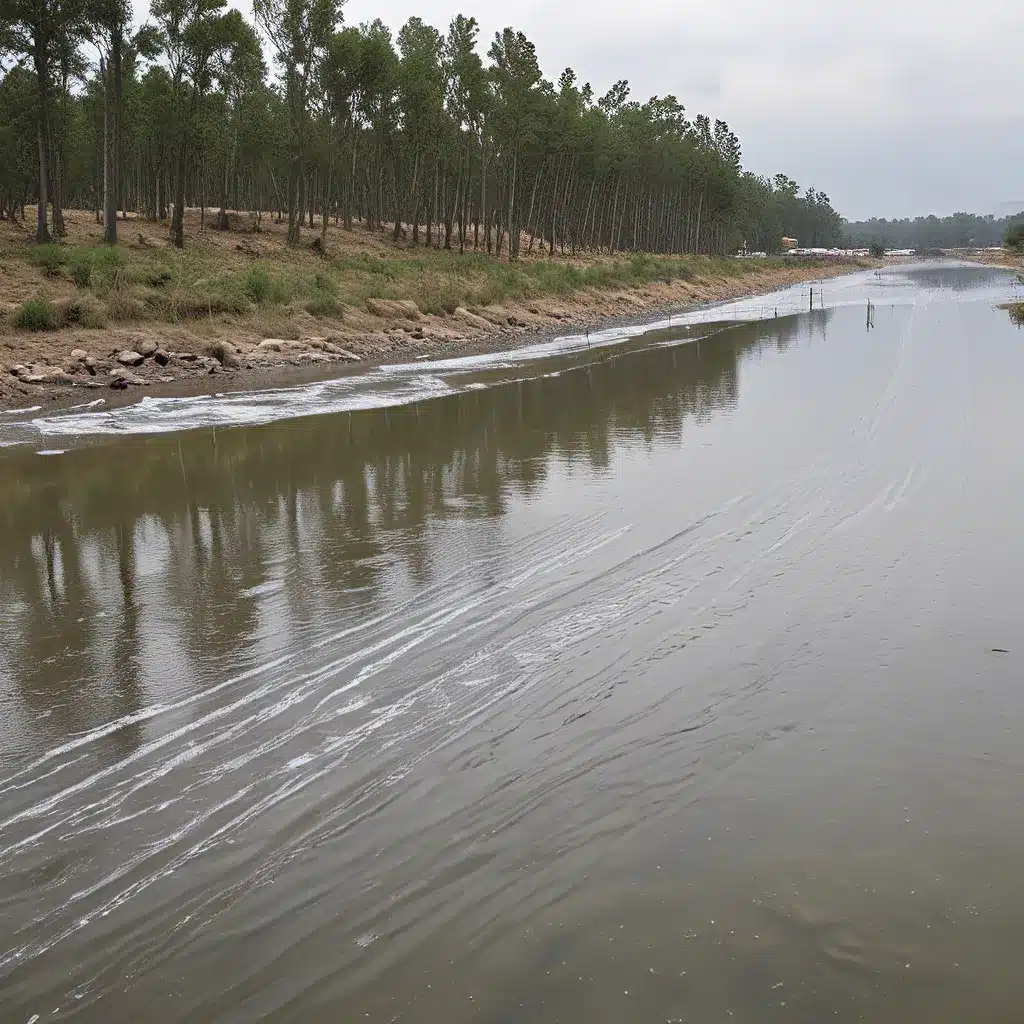
The Crucial Role of Water in Times of Crisis
Picture this: a natural disaster strikes, disrupting power lines, transportation networks, and critical infrastructure. The world around you grinds to a halt, and you find yourself reaching for a basic necessity – water. But what if the taps run dry? This scenario, while unsettling, is a stark reality many communities face during emergencies.
As an individual passionate about environmental services, I’ve witnessed firsthand the vital role water plays in sustaining life, particularly when disaster strikes. From hurricanes and floods to pandemics and power outages, access to clean, reliable water can mean the difference between survival and devastation. That’s why I’m dedicating this article to exploring the strategies and technologies that can help safeguard our most precious liquid lifeline – water.
Weathering the Storm: Strategies for Water Security
When faced with an emergency, having a plan in place to ensure water security is paramount. FEMA’s Supply Chain Resilience Guide outlines several key considerations for maintaining a reliable water supply during crisis situations. Let’s dive into a few of these critical strategies:
Diversifying Water Sources
One of the first steps in building water security is diversifying your sources. Relying on a single water supply can leave you vulnerable if that source becomes compromised. By tapping into multiple sources, such as groundwater, surface water, and even rainwater harvesting systems, you can create a more resilient and adaptable water infrastructure.
Decentralizing Water Treatment
Centralized water treatment facilities can be susceptible to disruptions during emergencies. To mitigate this risk, many communities are exploring decentralized water treatment solutions. These smaller, distributed systems can provide localized water treatment and distribution, ensuring that even if one area is impacted, others can continue to access clean, safe water.
Investing in Backup Power
Power outages can cripple water pumps, treatment plants, and distribution systems. Investing in backup power sources, such as generators or renewable energy systems, can keep the water flowing even when the grid goes down. The New Jersey Board of Public Utilities’ Division of Reliability and Security emphasizes the importance of maintaining the reliability and security of all lifeline utility services, including water, during emergencies.
Fostering Partnerships and Coordination
No single entity can tackle the challenge of water security alone. Effective emergency response requires a collaborative approach, with coordination between government agencies, utilities, and community organizations. By establishing strong partnerships and communication channels, we can ensure a more coordinated and efficient response when crisis strikes.
Liquid Lifelines: Tapping into Innovative Solutions
As we navigate the complexities of water security, innovative technologies and strategies are emerging to help us overcome the challenges. Let’s explore a few of these game-changing solutions:
Decentralized Wastewater Treatment
One promising solution is the rise of decentralized wastewater treatment systems. These compact, localized facilities can treat and recycle water on-site, reducing the strain on centralized infrastructure and providing a reliable source of non-potable water for tasks like irrigation and industrial use.
Mobile Water Treatment Units
During emergencies, when traditional water sources may be compromised, mobile water treatment units can be deployed to provide clean, safe drinking water. These self-contained systems can purify and disinfect water, making it suitable for human consumption even in the most challenging environments.
Smart Water Monitoring and Control
Advancements in sensor technology and data analytics are transforming the way we manage water systems. By deploying smart meters, leak detection devices, and advanced control systems, we can gain real-time visibility into water usage, identify inefficiencies, and respond more efficiently to disruptions.
Underwater Pipeline Networks
In coastal regions, where natural disasters like hurricanes and tsunamis can wreak havoc on above-ground infrastructure, underwater pipeline networks offer a resilient solution for water transport. These submerged systems are less susceptible to surface-level damage, ensuring a reliable water supply even in the face of extreme weather events.
Weathering the Storm Together
As we’ve explored, ensuring water security during emergencies requires a multifaceted approach. By diversifying water sources, decentralizing treatment, investing in backup power, and fostering cross-sector partnerships, we can build a more resilient and adaptable water infrastructure.
But the work doesn’t stop there. We must continue to embrace innovative solutions, stay informed about the latest developments, and be prepared to adapt to the evolving challenges. After all, water is the lifeblood of our communities, and safeguarding this precious resource is a responsibility we all share.
So, let’s roll up our sleeves and get to work. Together, we can ensure that when the next emergency strikes, our liquid lifelines will be there to sustain us. Visit Inland Waters Inc. to learn more about the ways we’re working to secure our water future, one drop at a time.


